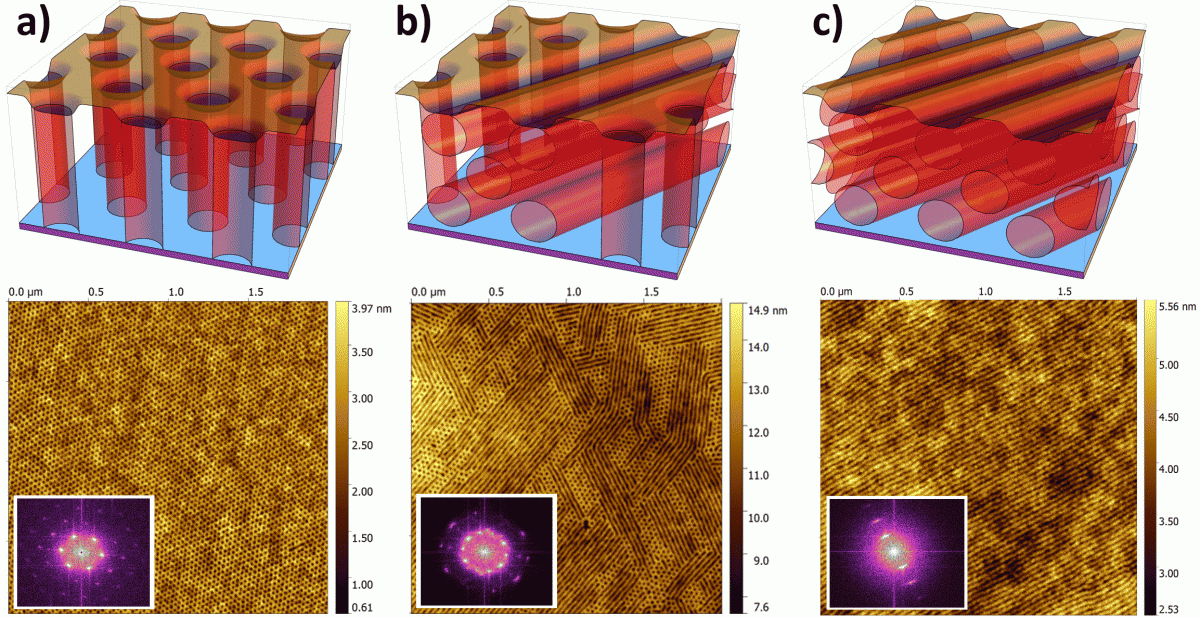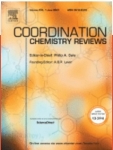
Supervisory institution:
National Research and Development Center
Project manager:
Prof. Stefan Jurga
Budget:
787 420,00 PLN
Start date:
IX 2014
Duration:
IX 2014-XI 2017
The object of this project is a synthesis and characterization of nanocomposite systems comprising of copolymer and functionalized nanoparticles (NPs). Block copolymers due to their ablilities to self-assembling emerge as a promising route to generate templates and scaffolds for the fabrication of nanostructured materials and become potential technology for addressing the future needs of the semiconductor industry. According to Flory-Huggins theory, the phase speration takes place due to minimalization of free energy associated with mixing process. In principle, it is related to a delicate compromise established between the entropic contribution and intermolecular interactions present within the system. Below certain temperature, dissimilar polymer species tend to separate one from another reducing the interfacial area. For simple diblock A-B copolymers this thermodynamically driven process results in nanoscale morphologies formation, such as: lamellar, cylindrical, spherical and gyroidal. The idea of the project is to utylize this phenomenon for controlling over the organization and assembly of NPs filler. Recent theoretical arguments [12,21] have suggested that synergistic interactions between self-organizing particles and self-assembling matrix material can lead to hierarchically ordered structures [22]. An appropriate NPs functionalization ensures their selective compatibility and leads to NPs spatial organization following the geometry of the copolymer matrix. Such an approach overcomes agglomeration issues which signifficantly increases the quality of nanocomposite. Moreover, fabricated materials are low cost alternatives for very expensive, traditional top-down like litography (e-beam, nanoimprinting, FIB). Another important aspect concernes the feature size limitations (around 30 nm) with standard litography techniques. Self-assembling systems can go down to the structures characterized by 10 nm periodicity.



